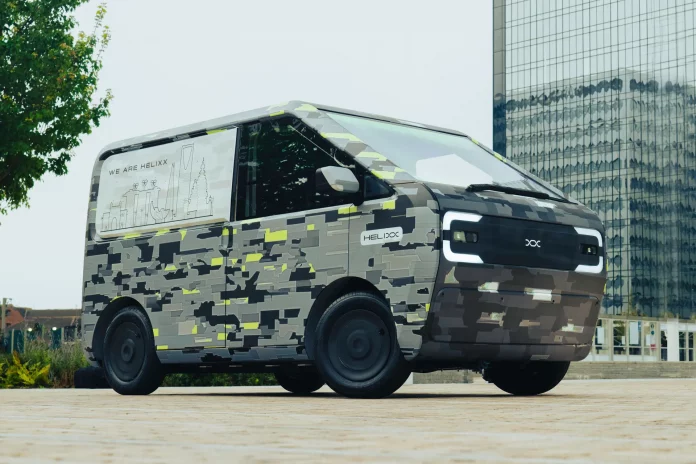Helixx Technologies has begun accepting registrations in Southeast Asia for its electric car and van subscription service. This service offers a brand-new car or van with insurance and maintenance for as low as $0.25 per hour or $6.00 per day, with no upfront costs. The vehicle’s power is the only thing you need to pay for.
The company’s rapid replacement option is attractive to businesses because it allows for an immediate swap of a broken down or damaged vehicle with a similar one. Unlike under the ownership model, where the owner would be responsible, Helixx takes care of the replacement, ensuring that business can continue without interruption.
Interchangeable batteries make sense for commercial vehicles, as reducing downtime is crucial. The Helixx vehicle chassis has a range of 124 miles and can accommodate up to six 2 kWh LFP (Lithium iron Phosphate) battery packs for a total capacity of 12 kWh. If that’s not sufficient for a delivery run or cab shift, changing the batteries will get you back to work quickly.
The ownership model of vehicles, which is the reason behind the 1.5 billion cars currently in use worldwide, presents a strong argument for Helixx’s subscription service. The automotive sector contributes $1 trillion annually to the U.S. economy and has historically provided more than 3% of the nation’s GDP. Due to its large consumer base of goods and services from other manufacturing sectors and its direct employment of 1.7 million people, it plays an even more significant role in driving the manufacturing industry’s overall contribution to GDP (11.5%).
China stands out as the global leader in both vehicle production and consumption. Additionally, 10% of China’s enormous GDP comprises the automobile sector. In smaller car-producing nations, the figure is higher—16% in France, for example—with several of them relying on the industry for more than a third of their GDP.
Helixx’s business model, if it succeeds in its intended goal of giving impoverished communities access to greater mobility, could introduce disruptive innovation to one of the largest industries in the world. This could potentially have disastrous consequences across the broader economic landscape.




